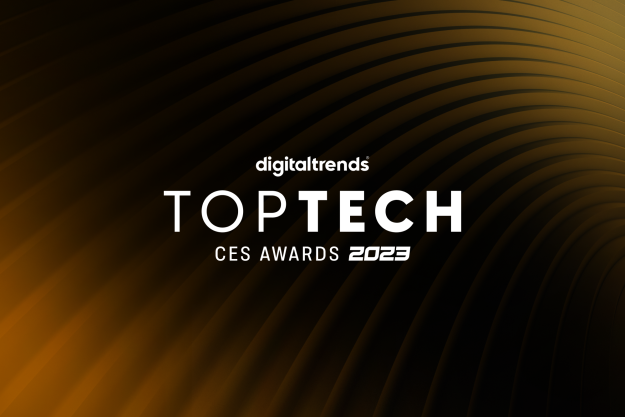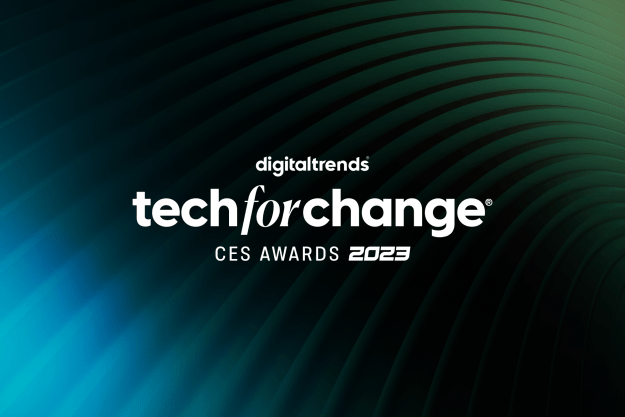
Deep Learning, a technique recently applied by engineers at Pinterest in order to build their visual search tool, effectively teaches computers to see patterns in large sets of data, such as similarities in appearance. It’s what Google uses in Google Photos, and while the technology isn’t perfect, it has certainly allowed the Internet giant to come a long way and provide some pretty spectacular tools. And now that it’s going open-source, the hope is that it’ll get even better.
“TensorFlow was built from the ground up to be fast, portable, and ready for production service,” Dean and Monga wrote. “You can move your idea seamlessly from training on your desktop GPU to running on your mobile phone.” And as Google expands the ecosystem of individuals who are able to contribute to TensorFlow, they’re anticipating that the already impressive trajectory of artificial intelligence will improve even faster.
“We’ve open-sourced TensorFlow as a standalone library and associated tools, tutorials, and examples with the Apache 2.0 license so you’re free to use TensorFlow at your institution (no matter where you work),” the Google team notes. So even if you’re not an employee of the tech giant, you’ll have access to almost the exact same tools as those who are. “Our deep learning researchers all use TensorFlow in their experiments,” Dean and Monga said. “Our engineers use it to infuse Google Search with signals derived from deep neural networks, and to power the magic features of tomorrow. We’ll continue to use TensorFlow to serve machine learning in products, and our research team is committed to sharing TensorFlow implementations of our published ideas.”
So see what you can do with Google’s technology at www.tensorflow.org, and start building the next big thing on your own, with the help of millions of others.


